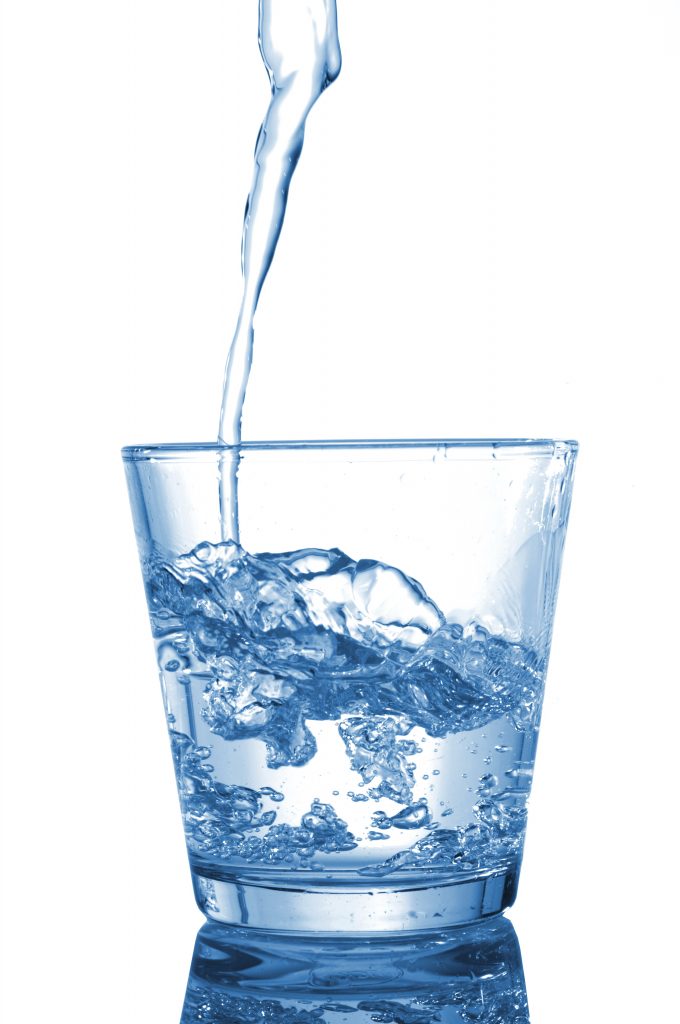
The stomach flu is not really the flu at all, but most likely a virus called gastroenteritis, which is an inflammation of the lining of the digestive tract. This “intestinal flu” produces different symptoms in different people usually marked by nausea and vomiting, diarrhea, weakness, and a general sick feeling. While the virus is active, you may not eat much of anything and may even lose weight due to fluid loss. As you begin to feel better and your appetite returns, you want to be careful about the foods you consume. Too much too soon may cause nausea or aggravate diarrhea. A bland diet that includes low-fiber, nutritious foods can help your digestive system return to normal. If your stomach upset lasts more than a couple of days or you experience significant weight loss, consult your healthcare provider.
■ Only your body can cure this condition, but you can help it do the job by getting plenty of rest.
■ For nausea and vomiting, stop eating for two to four hours, then gradually introduce small amounts of water and other fluids. Avoid most solid foods for 24 hours.
■ For diarrhea, don’t eat or drink for four hours; then gradually increase your intake of fluids. Avoid most solid foods and fruit juices for 24 to 48 hours.
■The stomach flu virus is contagious – don’t let anyone eat or drink after you.
■ If your stomach flu symptoms are severe, unusual, or persistent, call your healthcare provider for advice.
Viral gastroenteritis is the second most common illness in the United States after upper respiratory infections (such as colds). Before the age of 3, the average child will come down with the stomach flu at least twice a year, more often if she's in daycare.
Kids usually enjoy a boost in their immunity after they turn 3 years old and may not contract the illness as often. Still, it's not uncommon for a child to continue to have two or three bouts a year.
Gastroenteritis can also be caused by potentially serious bacterial infections, such as Salmonella, Shigella, Staphylococcus, Campylobacter, or E. coli. Other cases are caused by parasites such as giardia.
When babies and toddlers have gastroenteritis, they may have diarrhea, vomiting, abdominal pain, fever, chills, and achiness. Their symptoms may be mild or severe, and they may last for just a few hours or for days, depending on the culprit.
Toddlers may have eaten food contaminated with the virus or shared a cup or utensils with someone who has the virus. If bacteria or a parasite is to blame, children may have ingested contaminated food or drinking water.
Other ways children and toddlers may have picked up the illness is by coming in contact with infected fecal matter and then putting her hands in her mouth. This happens a lot, especially in daycare situations and toddlers that are crawling, teething, or frequently places hands and foreign objects in the mouth. Remember that germs are microscopic, so even when a child's hands don't look dirty, they may be covered with bacteria.
Bananas contain little fiber but are high in potassium, an electrolyte that helps with mineral and fluid balance in the body.
Applesauce offers nutrients with a mild flavor and easily tolerated texture. It also has a high water content to help replace fluids lost during illness.
Chicken or vegetable broth can help restore sodium stores. You may try adding plain, white noodles or small amounts of roasted, unseasoned chicken breast, which are also easily digested.
Hydrating is critical after a stomach virus. Sports drinks, ginger ale, coconut water and plain water are all options. Gelatin can also help with hydration and may be tolerable. Avoid dairy products, especially cow's milk for babies and toddlers, as they may cause nausea and more stomach upset. Try abstaining cow's milk for 2 weeks. For breastfed babies, mama's milk is fine if there is no diarrhea. 
Plain, white rice or rice porridge has no complex flavors that may trigger nausea. It is easily digested and is the only starch that does not cause gas, according to the National Digestive Diseases Information Clearinghouse, which would be an unwelcome symptom when recovering from a stomach virus. Plain, white toast is easy to digest but also provides carbohydrates for energy. Saltine crackers, boiled potatoes, and quinoa are other bland, easily digested carbohydrates that may appeal to you.
Antibiotics, such as penicillin, do not work on flu because antibiotics only kill bacteria. The flu is caused by a virus. Your body’s defenses do the best job in fighting the illness.
You can help your body fight the flu by getting as much rest as possible. Do light activities if you must do something, but rest as soon as you get tired. Stay home from work, unless your symptoms are mild. You’ll recover faster that way, and you won’t risk infecting others at work.
Sources: WebMD, Livestrong.com
